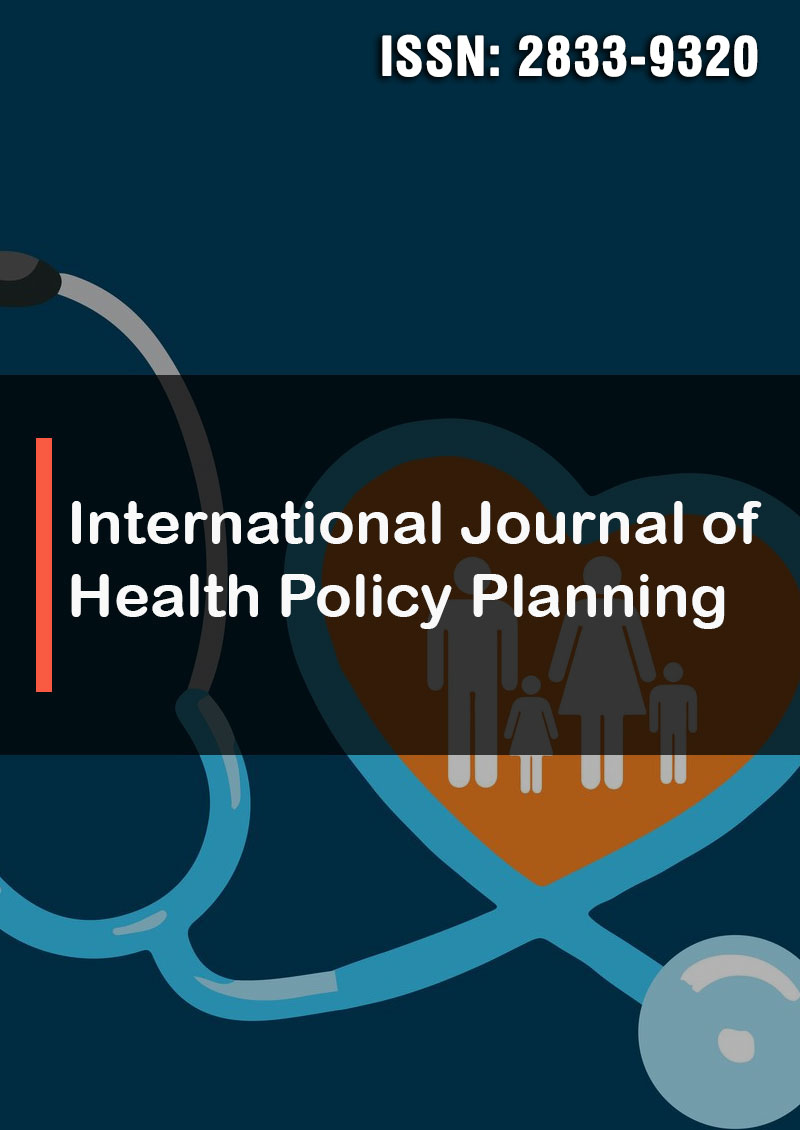Determinants of Depressive Symptoms in People Living with HIV in the Case of Low-Re-source Communities in Eastern Ethiopia: A Multi-Centered Study
Abstract
Ebisa Zerihun and Firaol Girma
Introduction: Depression in people living with HIV (PLHIV) has become an urgent issue. The HIV/AIDS pandemic cannot end without addressing the mental health of PLHIV through integrated approaches; besides, depression in PLHIV might be unrecognized and undertreated, whereas some manifestations of HIV and depression are mirrored. Therefore, the aim of this study was to assess depressive symptoms and associated factors in PLHIV in Eastern Ethiopia to further interventions.
Methods: 420 PLHIV participated in this cross-sectional study and completed the Patient Health Questionnaire-9. Medical record reviews and pretested, structured face-to-face interviews were used to collect the data. A multivariate logistic regression model was used to examine the odds ratios for the existence of depressive symptoms, including sociodemographic information, and comorbidities as relevant variables. Statistically significant variables were determined using P values of 0.05.
Results: We found over all prevalence of depressive symptoms in PLHIV was 52.4% (95% CI = 47.6–57.1). Employment status [AOR = 0.22 (95% CI = 0.13-0.36)], recent CD4 count [AOR = 6.99 (95% CI = 2.81-17.38)], duration on ART [AOR = 5.05 (95% CI = 2.38-10.74)], and chronic non-communicable diseases (NCDs) [AOR = 7.90 (95% CI = 4.21-14.85)] were significantly associated with depressive symptoms among PLHIV on treatment.
Conclusion: In this study, almost half of adult PLHIV receiving ART drugs had depressive symptoms. Employment was found to be preventive, while low CD4 counts, starting ART drugs recently, and the presence of chronic NCDs increased the risk of developing depression. Mental health screening and NCD intervention packages should be integrated into and offered at HIV care clinics.




